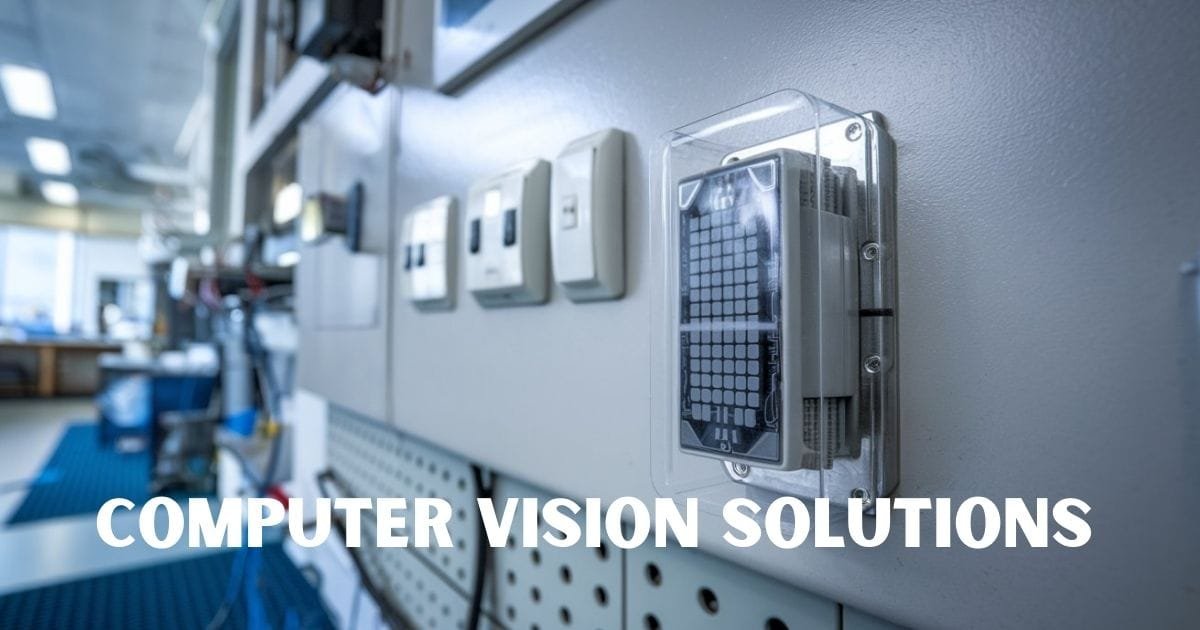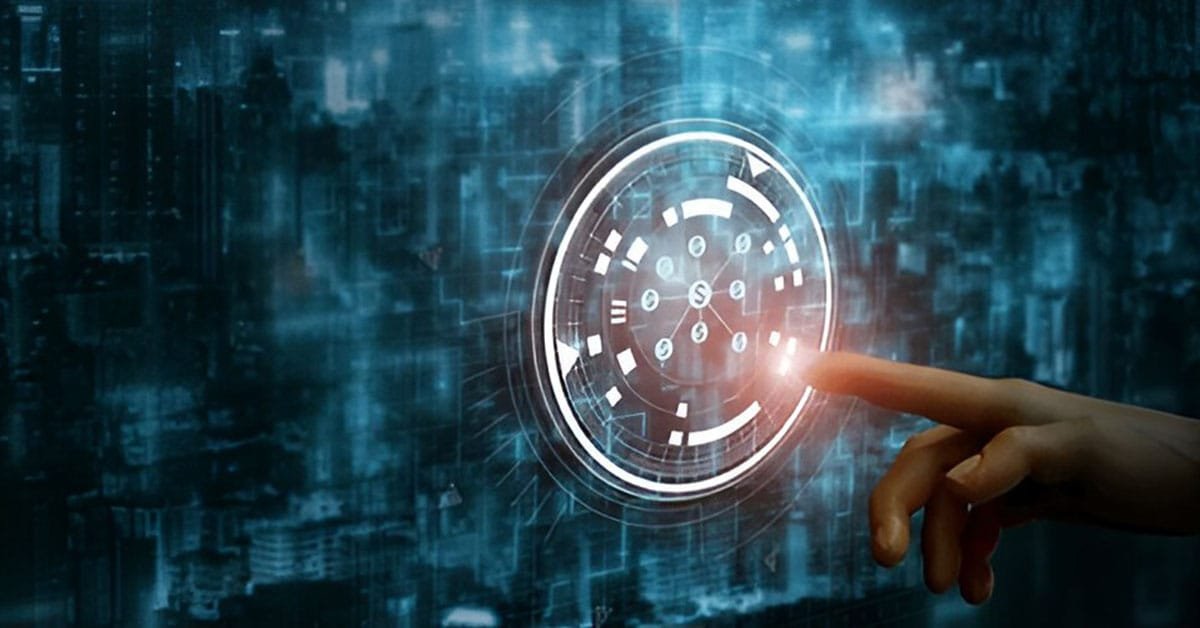

In the ever-evolving world of technology, it’s fascinating to see how innovations from decades ago can still hold relevance today. Developer Andrew Moses has taken on upgrading a lab occupancy system that started as a humble webcam in the 1990s. Despite the availability of sophisticated computer vision solutions, he learned that sometimes the most straightforward solutions can be the most effective.
The Undergraduate Projects Lab at the University of Wisconsin has had some form of camera monitoring the room for as long as anyone can remember. Historical records indicate that the original system dates back to the 1990s when it consisted of a $15 video camera attached to the wall with duct tape. This basic setup was connected to a VCR and linked to a Mac IIcx running a Timed Video Grabber (TVG) program. An HP workstation named Dax was responsible for executing a script that would try to retrieve the latest image every 60 seconds. This old-school system was a testament to the resourcefulness of that era and laid the foundation for what would come next.
Fast forward nearly 30 years, and the technology landscape has changed dramatically. While the camera still serves the same purpose of monitoring the lab’s occupancy, it has evolved into a far more sophisticated system. Initially developed by Michael Berkey, the current setup employs a Logitech C920 webcam and Python and computer vision software to identify individuals in the lab and track how many people are present. The system can use the YOLOv7 model for person detection to update a Discord channel with the current occupancy status. However, it’s not without its challenges; sometimes, the system struggles to distinguish between a person and an unoccupied chair.
Like its predecessor, the upgraded camera system serves a practical purpose: it helps users determine whether the lab is open. However, the situation is more complex than it seems. Just because there are occupants in the lab doesn’t always mean it is accessible to visitors. For instance, if a private meeting occurs, the lab may appear occupied, leaving potential users disappointed when they find the door closed.
This situation led Andrew to explore alternative solutions for effectively managing lab occupancy status. During this search, he stumbled upon MITERS, a maker space at MIT. MITERS uses a simple yet effective approach to indicate whether their space is open, utilizing a reed switch connected to a Raspberry Pi. Reed switches are small components that detect magnetic fields. They can quickly determine whether the door is open or closed by placing one on a doorframe and attaching a tiny magnet.
The solution found at MITERS proved to be much simpler than a computer vision platform tasked with distinguishing between people and chairs. The reed switch method is not only straightforward but also highly reliable. If the door remains open for a significant period, the lab is accessible; if it is closed, it is closed.
Andrew realized that by implementing a similar approach, he could simplify the occupancy system while maintaining its functionality. He used an off-the-shelf Zigbee magnetic door sensor and a compatible radio connected to a Raspberry Pi. This combination allowed him to effectively update the occupancy status without relying solely on complex computer vision solutions. The integration of this technology resulted in a more efficient system that minimized potential errors caused by the challenges of person detection.
By connecting this setup to a Home Assistant installation, Andrew created a seamless user experience for those interested in using the lab. When the door status changes, the system promptly informs users via Discord. This real-time communication ensures that potential lab users are always aware of whether the space is available, significantly reducing frustration and improving overall accessibility.
Andrew’s experience illustrates the importance of user-centric design when developing technology solutions. While advanced computer vision software offers many possibilities, it is essential to consider practicality and reliability in real-world applications. In this case, the simplest solution proved the most effective, demonstrating that technology should serve its users efficiently rather than complicate their experience.
Moreover, this project highlights the significance of evolving technology while respecting its roots. Andrew maintained continuity while upgrading functionality by integrating modern advancements with the original webcam system’s foundational elements. This balance between innovation and tradition is vital in the tech industry, where rapid advancements can often overshadow the importance of legacy systems.
The journey of upgrading the lab occupancy system at the University of Wisconsin is a valuable lesson in technology development. It underscores the idea that the most straightforward solutions are sometimes the best, especially when addressing practical needs. Andrew Moses’s work exemplifies how combining traditional methods with modern technology can lead to efficient, user-friendly outcomes.
As we continue to embrace new technologies, it is crucial to remain grounded in user experience and functionality principles. In doing so, we can create systems that meet today’s users’ demands and honor the innovative spirit that has driven technological progress for decades. Through thoughtful design and practical applications, we can ensure that the future of technology remains accessible and effective for all.






Welcome to IT Business Digest, your ultimate source for the latest information technology news and updates. Stay ahead with our in-depth coverage of emerging technologies, industry trends, and expert insights.